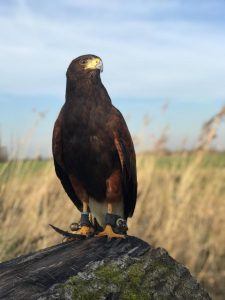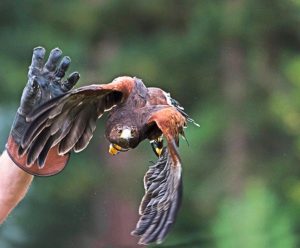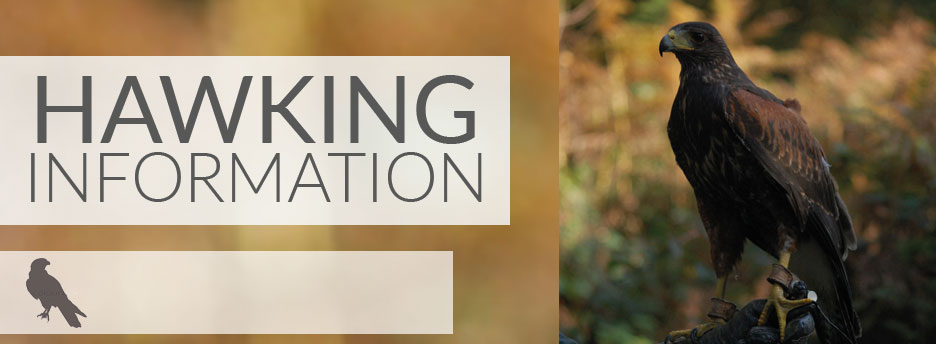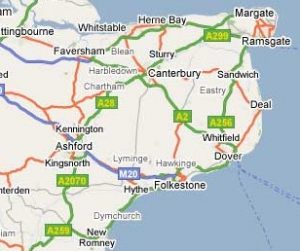Birds of Prey
Professional Bird Management via Hawking Throughout Kent
COVERING: HYTHE.ROMNEY MARSH.FOLKESTONE.DOVER.DEAL.CANTERBURY.ASHFORD AND SURROUNDING AREAS IN KENT.
Commercial contracts available.
Sites to target
- Landfill – to clear gulls for health/legal reasons as well as prevent them from fouling nearby areas. Typical large landfill contracts consist of a falconer being present throughout the day 5 days a week, flying falcons to clear all gulls and prevent any feeding on the landfill.
- Marinas – to prevent fouling on boats and yachts.
- Parks – especially in Central London to prevent fouling after lunch time feeding. There has previously been some hawking work carried out in some of the Royal Parks.
- Vineyards, orchards and farms – flocks of small birds (e.g starlings and redwings) cause huge damage and loss of earnings to crops. Falcons and small hawks can be used to clear flocks from areas. As well as this starlings and feral pigeons can cause problems with livestock, fouling water supply in barns and eating feed.
- City rooftops and roof gardens – these often pose ideal potential sites for pigeons and gulls to nest.
- Train sheds and warehouses – hawking works very well in enclosed spaces such as train shed, warehouses and hangars where the target birds have a clear exit.
- Airports – most major US airports have a team of falconers on site to fly falcons to deter birds from the area and eliminate bird strike. Very popular in airports around the world but not as common place in UK airports yet, however most air force bases have falconry teams on site. Contracts at airports and air bases require a team of falconers and birds present at all times, to be flown throughout the day at specified required times.
Pigeons
Seeing the silhouette of the hawk’s wings and flights to where they roost will clear pigeons from the problem area. With regular visits at varied times, the flock should be entirely dispersed and roost elsewhere. Depending on the site, the risks of flying (such as high on rooftops) may be too great, but pigeons can equally be cleared with the bird kept on the fist.
Things to consider:
- Size of site – we usually carry out flights in either 1 hour or 2 hour sessions. For a rooftop or small courtyard, 1 hour flights work perfectly but for larger sites such as multiple rooftops or warehouses 2 hour flights would be more effective to have time to review and clear birds from the whole site.
- Day/night roosting – if birds are roosting overnight we can visit in the evening and at first light to clear birds and prevent them from staying and fouling the area overnight.
- Feeding – if there is any feeding going on at the site this should be pointed out and our best done to stop it. If this is not possible (for example with a site near to a major park), flying should be aimed to be carried out just after the flock has moved on from the feeding station to clear them from our site and prevent most fouling.
Example flights:
Shepherd’s Bush – 14 consecutive evening flights. A very large flock of pigeons (~100 birds) were roosting overnight underneath a walkway at the top of the building. After the first week of the intensive programme only 5 stubborn pigeons were trying to return and by the end all had been cleared.
Improvements: the client would ideally have agreed to us carrying out weekly or fortnightly flights after this to maintain the success that we had. Despite this they have still not had any issues with pigeons underneath the walkway as they previously had, but small numbers of pigeons have been roosting on ledges on the side of the building.
Gulls
Large flocks of gulls can easily be cleared by birds of prey – they react very strongly to their presence especially leading up to and during the breeding season. Hawks can be flown over the birds, and in open sites (such as landfill) falcons work fantastically to clear all birds from the area and food source.
Things to consider:
- Breeding season – although for most sites gulls are only causing problems with aggression and noise during the breeding season, we want to start our hawking programmes prior to this to make sure that the site is not seen as a safe nesting site and to eliminate the chance of any chicks or young birds being present.
- Frequency of visits – during the breeding season visits should be more frequent ideally, especially if birds have already begun starting to nest.
Example flights:
Landfill – falcons and hawks were flown at a site 5 days a week from dawn until dusk. Huge numbers of gulls present but all cleared from the landfill very effectively.
Improvements: in this case the gulls quickly learnt the routine of flying. Although the hawking worked excellently and kept all birds off of the landfill during flying and while the falconer was there, during breaks the gulls would return and feed on the landfill. Although this was only for a maximum of an hour throughout the day, other alternative measures could have been used during this time.
Parakeets and flocks of small birds
As previously mentioned flocks of small birds can cause huge loss of earnings from damage to crops and falconry can be very effective. As far as I know parakeets are not causing major problems to farming, but as their numbers continue to grow and they spread further into Kent I believe they will soon cause major issues.
Examples:
Falcon Force LLC (www.falconforce.com) in the USA carries out most of their work flying to reduce crop damage. This is a hugely popular method in America and has a lot of potential to catch on in the UK.
Determining what would work best at a particular site
Review size of site for 1 hour/2 hours visits.
- Determine whether birds are roosting in the day or overnight to carry out hawking at most effective time.
- For very difficult sites (e.g. near to a major park with regular feeding) it can be most effective to use hawking along with other methods such as trapping.
- Ideally conduct an initial intensive course of flying to ensure clear hawk presence and clear all/majority of flock. Intensive courses should vary from 5-14 consecutive days depending on size of flocks present and access to roosts.
- Drop down visits to weekly or fortnightly after this to maintain presence of hawk in the territory.



